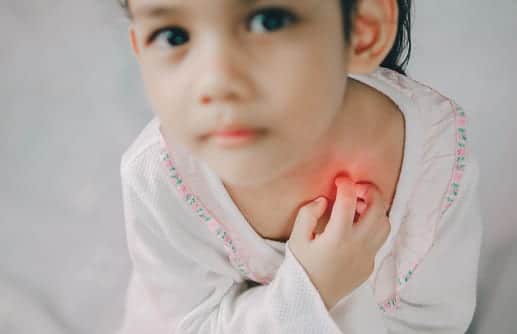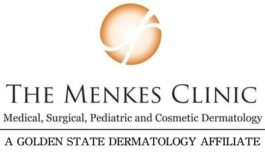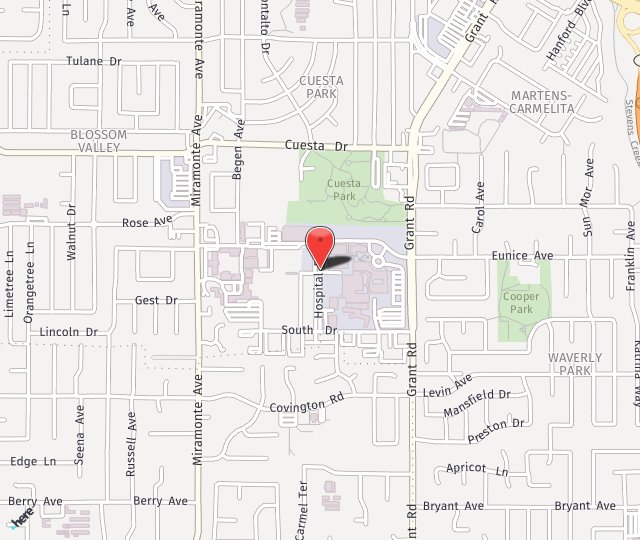The term ringworm can evoke great concern in a parent. The name itself leads to an assumption that behind scaly, itchy patches is a living, wormlike organism. This is precisely where the name originated, and it has simply remained through the ages. In fact, ringworm is a fungal infection that affects the outermost layer of skin.

In the dermatology office, ringworm is called tinea. A second word is added to the term to indicate the area of the body affected by lesions. For instance, tinea pedis refers to fungal infection on the feet, better known as “athlete’s foot.
Causes Of Ringworm
Only a few of the fungi, molds, and yeasts that exist cause skin problems. We call these dermatophytes or skin fungi. These fungi live on the dead keratin protein that lies on the top surface of the skin. They tend to remain only on this outer layer, rarely invading deeper areas. This type of fungi, in fact, cannot survive where mucus membranes are present.
Ringworm is a contagious condition that may be carried by humans as well as animals, though many children contract the fungus at school or in recreational settings. The type of fungi that cause ringworm thrives in areas that are warm and moist, such as swimming pools and locker rooms. On the body, these fungi may thrive in skin folds.
What Are The Different Types Of Ringworm?
There are various types of ringworm, but not all are common in children. Those that tend to affect children include:
- Tinea capitis, which develops on the scalp. Younger children and adolescents may experience this condition, which may cause scaling and itchiness, as well as bald spots on the scalp.
- Tinea corporis develops on the body. Lesions may appear as round spots, though the shape may vary. Because ringworm may be difficult to differentiate from other rashes like eczema, it is important to obtain a professional evaluation for proper treatment.
Diagnosing Ringworm
Your pediatric dermatologist may be able to confirm ringworm based on the appearance and location. In cases where spots are similar to a common rash, the skin may be gently scraped and cells examined under a microscope.
Medical treatment is necessary to cure ringworm. Home remedies or over the counter treatments are not adequate at destroying the rash-causing fungi on the skin. Your dermatologist may treat the skin with topical solutions or may treat the body with systemic, oral medication.
Topical treatment consists of antifungal cream that, when applied as directed, should clear the skin within a few weeks. Although topical treatments can be found as over the counter remedies, it is important to receive an accurate diagnosis from your dermatologist before using such solutions.
Systemic treatment may be prescribed if topical solutions do not produce complete clearing of infection.
More Information About About Ringworm
- This condition can easily be mistaken for other skin conditions, such as pityriasis rosea or eczema.
- Some types of ringworm, such as athlete’s foot, are not typical for pre-adolescents. Rash on the feet of children is usually juvenile plantar dermatosis.
- Though contagious, ringworm patients may continue attending daycare or school while undergoing treatment.
- Ringworm may be contracted from pets in the home, though this type of contraction is fairly rare.
- It is possible to minimize the risk of ringworm by wearing sandals or flip-flops in locker rooms or public pools, as well as at the beach. Sharing of clothing and towels should also be avoided.
The Menkes Clinic & Surgery Center offers solutions for your family’s skin needs. Contact our office at 650-962-4600 for your visit.


